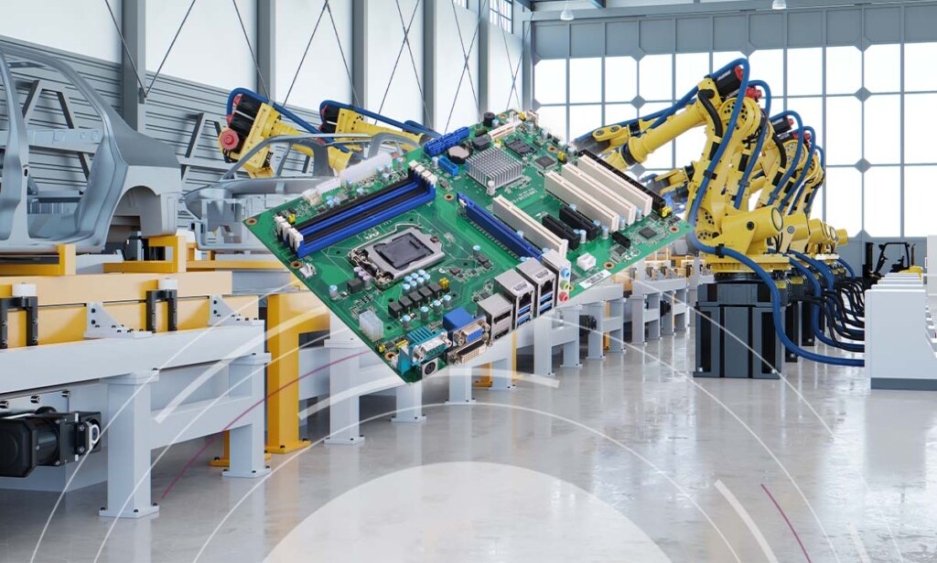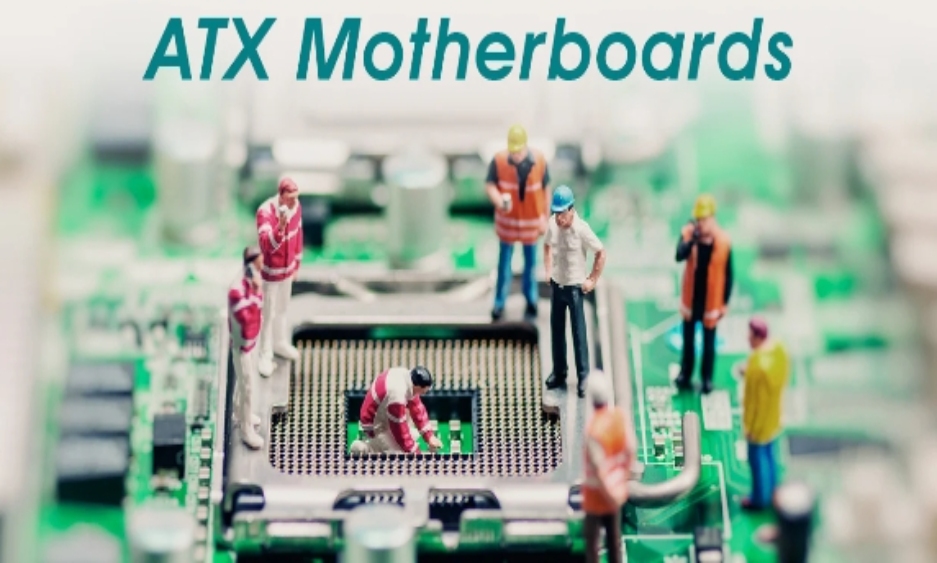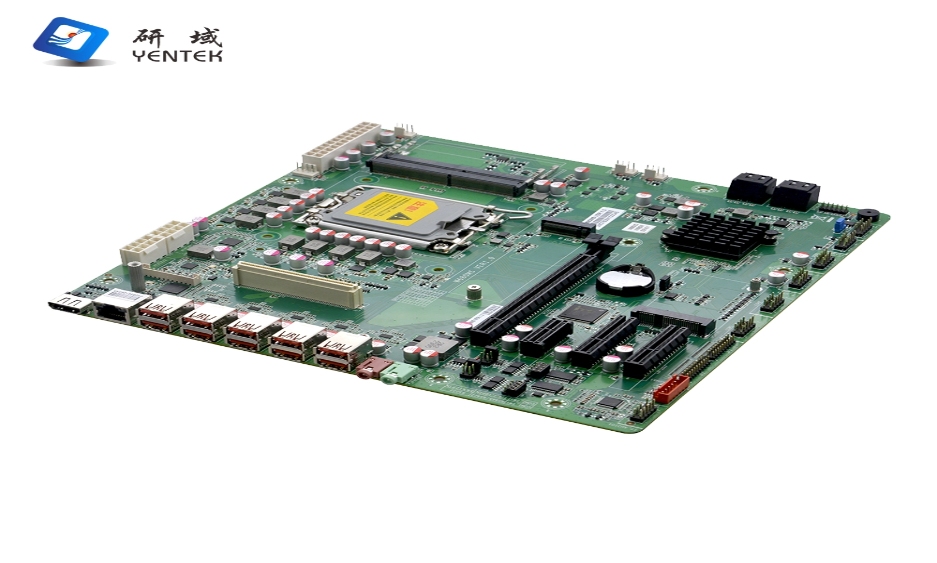Exploring the Benefits of ATX Motherboards in Industrial Automation
In the rapidly evolving landscape of industrial automation, the choice of hardware plays a critical role in determining system performance, reliability, and flexibility. One of the key components in this domain is the ATX motherboard, which has become a preferred choice for many industrial applications. This article delves into the benefits of ATX motherboards in industrial automation, highlighting their features, advantages, and applications.
Key Features of ATX Motherboards
Size and Layout: The standard size of an ATX motherboard is 305mm x 244mm, providing ample space for components and expansion slots.
Expansion Slots: ATX motherboards typically come with multiple PCIe slots, allowing for the addition of various cards such as graphics cards, network cards, and I/O controllers.
Standardized Power Supply: The ATX standard includes specifications for power supply connections, ensuring compatibility across different systems.

Benefits of ATX Motherboards in Industrial Automation
1. Enhanced Performance
ATX motherboards are designed to support high-performance processors and large memory capacities, making them suitable for demanding industrial applications. Their ability to handle multiple tasks simultaneously ensures smooth operation in environments that require real-time data processing and analysis.
2. Flexibility and Scalability
One of the standout features of ATX motherboards is their flexibility. With numerous expansion slots available, users can easily upgrade or modify their systems to meet changing needs. This scalability is particularly beneficial in industrial settings where technology evolves rapidly.
3. Improved Cooling Solutions
Effective cooling is essential in industrial environments where equipment operates under heavy loads. ATX motherboards are designed with enhanced airflow management features, which help dissipate heat efficiently. This capability reduces the risk of overheating and extends the lifespan of components.
4. Reliability and Durability
Industrial automation systems require components that can withstand harsh conditions. Many ATX motherboards are built with high-quality materials that enhance durability. Additionally, they often undergo rigorous testing to ensure reliability under various operating conditions.
5. Cost-Effectiveness
While initial investments in industrial-grade components can be high, ATX motherboards offer cost-effective solutions over time. Their longevity and ease of upgrade mean that businesses can avoid frequent replacements or extensive overhauls of their systems.

Applications of ATX Motherboards in Industrial Automation
1. Machine Vision Systems
ATX motherboards are widely used in machine vision applications where image processing is critical. Their ability to support high-performance GPUs allows for real-time image analysis, which is essential for quality control processes in manufacturing.
2. Robotics
In robotics, ATX motherboards provide the necessary computational power to control complex movements and processes. They enable seamless integration with various sensors and actuators, facilitating advanced robotic applications.
3. Data Acquisition Systems
Industrial automation often involves collecting data from various sources for analysis and decision-making. ATX motherboards support multiple I/O interfaces that allow for efficient data acquisition from sensors and devices across a production line.
4. Industrial PCs
Many industrial PCs utilize ATX motherboards due to their robust design and performance capabilities. These PCs are deployed in environments such as factories, warehouses, and logistics centers where reliability is paramount.
5. Network Security Solutions
With increasing connectivity in industrial automation systems comes the need for robust network security measures. ATX motherboards can support advanced firewall solutions that protect sensitive data from cyber threats.

Choosing the Right ATX Motherboard for Industrial Automation
When selecting an ATX motherboard for industrial applications, consider the following factors:
Compatibility: Ensure that the motherboard is compatible with your existing hardware components.
Performance Requirements: Assess your processing needs based on the applications you intend to run.
Expansion Needs: Consider future scalability by selecting a motherboard with sufficient expansion slots.
Environmental Conditions: Choose a motherboard designed to operate reliably under specific environmental conditions such as temperature extremes or dust exposure.

Conclusion
ATX motherboards offer numerous benefits that make them an ideal choice for industrial automation applications. Their enhanced performance, flexibility, improved cooling solutions, reliability, and cost-effectiveness position them as a cornerstone technology in modern industrial environments. As companies YENTEK® continue to innovate within this space—focusing on R&D, production, sales, and service of industrial computing products—ATX motherboards will undoubtedly play a pivotal role in shaping the future of automation technology.
By understanding the advantages of ATX motherboards and their applications within industrial automation, businesses can make informed decisions that enhance operational efficiency and drive innovation in their respective fields.
The Role of ATX Motherboards in Building a High-Performance Workstation
